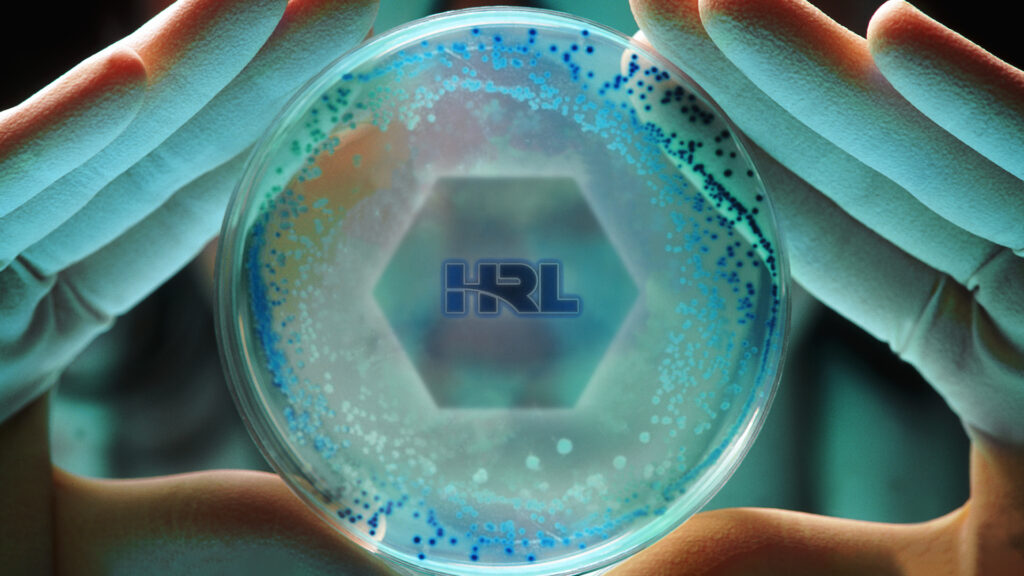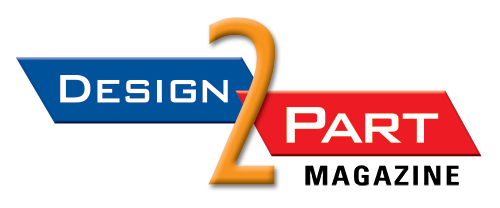
HRL Laboratories recently announced the development of an innovative antimicrobial biphasic polymer coating designed to combat viruses and bacteria on surfaces while maintaining high durability standards. (Graphic: Business Wire)
The antimicrobial coating developed by HRL Laboratories is designed to meet the demanding conditions of automotive and aerospace environments.
MALIBU, Calif.—An innovative, antimicrobial biphasic polymer coating developed by HRL Laboratories, LLC is designed to combat viruses and bacteria on surfaces while maintaining high durability standards. HRL Laboratories announced the development of its coating in a recently published paper in the journal Langmuir, the company said in a release.
In collaboration with Boeing and GM, HRL invented a biphasic polyurethane coating that integrates two distinct phases—a durable polycarbonate (PC) phase and a transport-enabled polyethylene glycol (PEG) phase—to solve the competing challenges of extended microbial protection and damage resistance.
This combination reportedly enables the coating to maintain high antimicrobial efficacy without compromising physical resilience, addressing a long-standing tradeoff in antimicrobial surface technologies. It is said to leverage HRL’s deep experience in structuring dissimilar materials into biphasic polymers to tune antimicrobial active release rates on the surface, and in coating durability.
HRL Laboratories stated in the release that it “pioneered this highly transparent coating to absorb and release antimicrobial compounds over extended periods, representing a significant advancement in passive viral and bacterial inactivation.”
The biphasic coating reportedly demonstrated extended antimicrobial efficacy by effectively inactivating up to 99.99 percent of Human Coronavirus 229E and Influenza A H1N1, with demonstrated survivability under wet wipe testing equivalent to five years of physical cleaning. It also showed enhanced surface durability. Engineered to meet rigorous automotive and aerospace standards, the coating blends antimicrobial transport with stain-resistant phases, passing tests for heat, humidity, UV exposure, and flammability. At the same time, the coating is said to have maintained surface appearance, including automotive and aerospace interiors, without compromising antimicrobial efficacy.
According to HRL Laboratories, the coating achieves high transparency despite its biphasic structure, transmitting up to 90 percent visible light.
“This makes it ideal for applications that require maintaining surface appearance, including automotive and aerospace interiors, without compromising antimicrobial efficacy,” the company said in the release.
The biphasic polymer coating’s extended antimicrobial properties and compliance with durability testing are said to indicate its promise for high-traffic environments in public and commercial settings. Its biphasic design enables sustained release of actives, with a unique capability to restore active levels on the surface through routine cleaning with common disinfectants. That represents a first for coatings of this type, according to HRL.
“We designed this coating to meet the demanding conditions of automotive and aerospace environments,” said Adam Gross, principal investigator at HRL and lead author of the study, in the release. “With a dual-phase architecture, we combined the best properties of each material to achieve durable, long-lasting efficacy in testing.”
